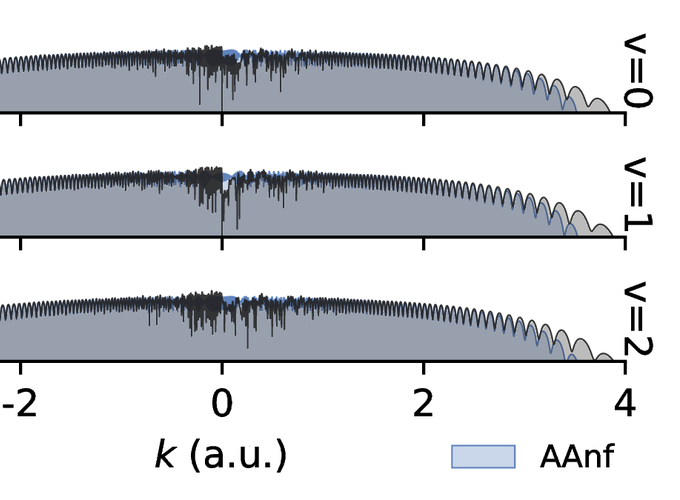

Within strong field physics a lot of attention has lately been directed towards producing long wavelength laser pulses in the mid-infrared and terahertz regimes, which could make it possible to measure molecular dynamics in detail. However, most theoretical methods fail in these regimes, due to the large dynamic range of spatial separations and energies involved. The adiabatic theory of ionization [Phys. Rev. A 86, 043417 (2012)] exploits the fact that the field varies slowly for such pulses, and it therefore excels in providing accurate descriptions of the laser-molecule interactions. We will present a recently developed version of this adiabatic theory (AAnf) that is applicable to molecules [Phys. Rev. A 101, 053422 (2019)], and treats nuclear motion in addition to all interactions among nuclei, electrons and the laser field. First, we will demonstrate that the theory is accurate by comparing to exact numerical solutions of the time-dependent Schrödinger equation (TDSE) in absolute scale, see Figure~1. Next, we will show examples of applications of this theory to problems in strong-field physics. For instance, the theory can be used to examine the effect of using different isotopes on observables. Finally, we will also present preliminary results for processes in which an ionized electron rescatters on the molecular ion, including inelastic scattering channels.